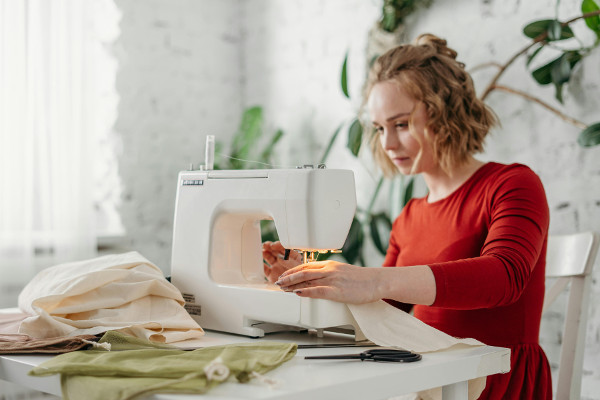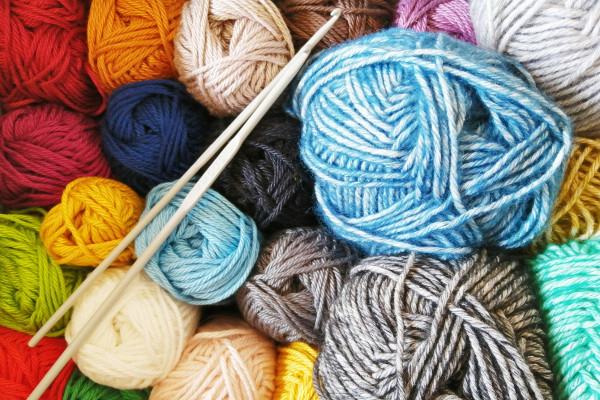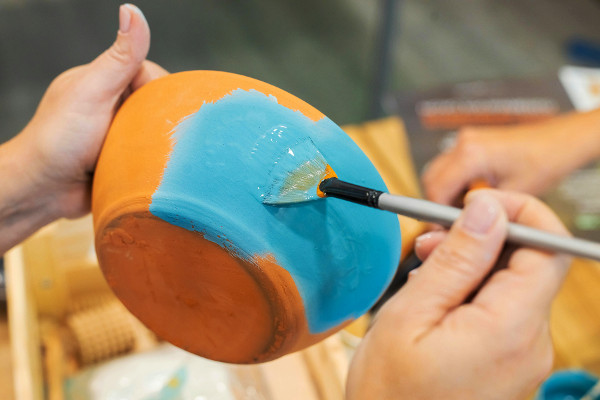How to Make Jewelry at Home? - Tips, Tools and Ideas for Beginners
If you've ever wondered how to make jewelry, you're in the right place! Whether you're just starting out or looking to refine your skills, jewelry-making is a fun and creative way to express yourself. In this guide, we’ll cover everything from essential tools and materials to simple techniques for creating your own beautiful pieces. Whether you're making bracelets, necklaces, or earrings, you'll find easy-to-follow answers to the most common questions beginners ask. Let’s dive in and get creative!

How do I start making jewelry as a beginner?
Starting out in jewelry making is actually simpler than it sounds. Begin with a few basic tools like pliers, wire cutters, and beads – nothing too fancy. Pick a simple project, such as a beaded bracelet or necklace. You don’t need to buy all the supplies at once. Start small and experiment with what you have. There are loads of tutorials available online, so take advantage of those to get comfortable with the process. As you get better, you can invest in higher-quality materials and tools, but the key is to start, experiment, and enjoy the process of creating.
What materials do I need to make jewelry?
To make jewelry, you don’t need much to get started – just the basics. Think beads, wire, cords, clasps, and a pair of pliers. These are the building blocks for a variety of designs. You can play with different beads: glass, metal, gemstones, or even wood. Don’t forget the findings – jump rings, crimps, and earring hooks are key components. The best part is, you can mix and match materials as you go, whether you’re stringing beads, creating a wire-wrapped design, or experimenting with other elements. Start simple and build up your collection over time.
How do you make a bracelet?
Making a bracelet is easier than you might think. Start by picking your materials: beads, cord, and clasps. Measure your wrist to decide how long the bracelet needs to be. If you’re using a beading wire, thread your beads onto it until you reach your desired length. To finish, attach a clasp using crimp beads for a secure hold. If you're going for a stretchy bracelet, use elastic cord and simply tie the ends together. You can also get creative with wire-wrapping or adding charms for a more personalized touch. It’s all about finding a style that speaks to you.
What tools do I need to make jewelry?
The tools you’ll need depend on what kind of jewelry you want to make, but the essentials are a set of pliers (round-nose, flat-nose, and chain-nose), wire cutters, and a bead mat. A bead mat helps keep everything organized and stops beads from rolling away. You’ll also need a ruler or measuring tape to make sure your pieces fit. If you plan on working with metal, you might need a saw, a hammer, or files. But don't worry – you don’t need everything at once. Start with the basics and expand your toolkit as you dive deeper into the craft.
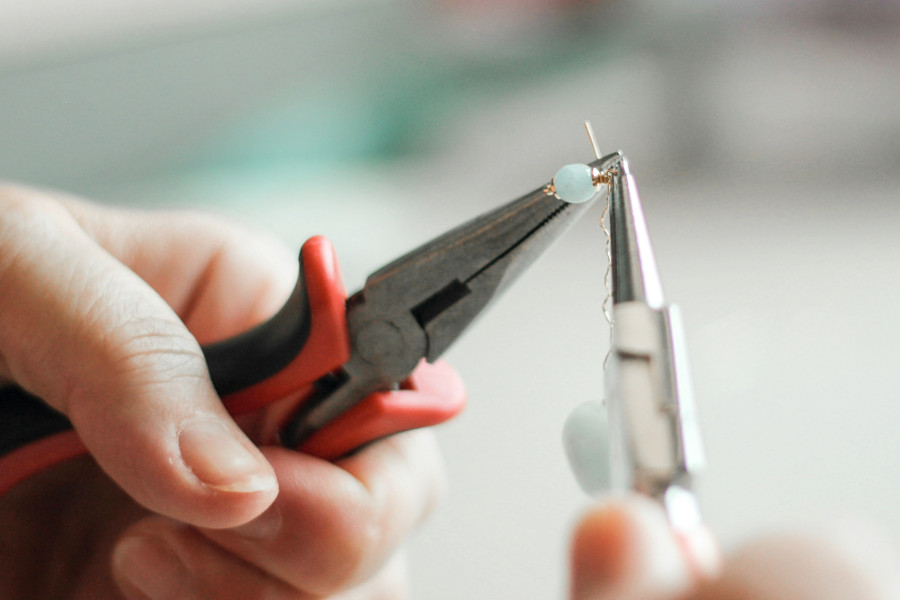
How do you make jewelry at home?
Making jewelry at home is all about finding your rhythm and having fun with the process. Start by choosing a design you like – beads, wire, or even clay – and gather your materials. Find a flat surface to work on, like a table or a bead mat. Simple designs like beaded necklaces or bracelets are great to start with. Use pliers to manipulate wire, crimp beads to secure clasps, or thread your beads onto cord. If you're feeling adventurous, experiment with wire-wrapping or even polymer clay. The beauty of making jewelry at home is that you can take your time and create something uniquely yours.
Here are a couple of resources for tips, advice and inspiration:
- Ganoksin (learning resources, forum)
- r/jewelrymaking (forum on Reddit)
- Bead & Jewelry magazine (UK magazine)
- Jewelry on Etsy (jewelry section on Etsy for selling and buying home made items)
How do I make earrings?
Making earrings is a fantastic way to express your creativity. Start with a simple design like a pair of beaded dangles. Thread beads onto eye pins or head pins and use pliers to form loops that connect them to earring hooks. You can create more complex earrings by adding wire-wrapped elements or using metal components. If you're working with studs, just attach your chosen embellishment to earring posts. Don’t be afraid to mix beads, charms, and textures. Once you get the basics down, you can try experimenting with different designs, like chandeliers or hoop earrings, and add your personal flair.
What is the easiest type of jewelry to make?
The easiest jewelry to make is usually bead-based pieces like bracelets, necklaces, and simple earrings. With beads, the design possibilities are endless, and you don’t need fancy techniques to get started. Stringing beads onto a wire or elastic cord is simple, and all you need is a clasp to finish it off. You can also experiment with making friendship bracelets using embroidery floss or creating wire-wrapped pendants. These basic projects are perfect for beginners, allowing you to focus on creativity rather than technical skills, and they’ll give you the confidence to try more intricate pieces later on.
How do you make a necklace?
Making a necklace is pretty straightforward and fun. Start by choosing the beads, charms, or pendants you want to feature. Measure the length you need, then string the beads onto wire, thread, or cord. If you're using wire, don’t forget to secure the ends with crimp beads, and add a clasp for a polished finish. You can also create a unique look by adding a focal pendant or using multiple strands for texture. If you’re working with leather or fabric, you can create boho-style necklaces by tying knots or adding charms. The key is balancing the materials and ensuring it’s comfortable to wear.
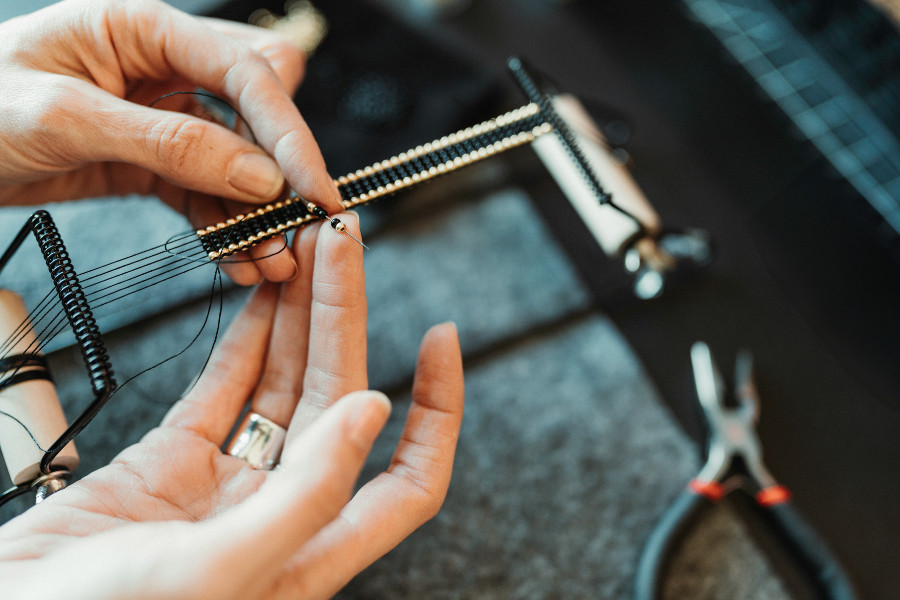
How do I design my own jewelry?
Designing your own jewelry is a creative journey. Start by thinking about what inspires you – nature, fashion, color, or even a specific theme. Once you’ve got an idea, sketch it out or just play with the materials. Choose beads, wire, and charms that fit your vision. Don’t be afraid to experiment and adjust your design as you go. Whether it’s a simple necklace or an intricate ring, trust your intuition. Jewelry-making is an art, and the beauty lies in combining different materials and techniques to create something that truly reflects your personal style. Embrace the creative process and enjoy the ride!
How do I make wire-wrapped jewelry?
Wire-wrapping is a beautiful and intricate technique. To start, you’ll need wire (usually 20-24 gauge) and a gemstone or bead to wrap. Begin by using pliers to create loops at both ends of the wire. Wrap the wire around the bead or stone, securing it tightly as you go. You can create swirls, twists, or even braids with the wire to make the design more decorative. Once your piece is wrapped, use your pliers to trim and tuck any sharp edges in. Wire-wrapping gives your jewelry an organic, handmade feel and allows you to incorporate beautiful stones and beads into your designs.
How do you create custom jewelry?
Creating custom jewelry is all about personal expression. Whether it's for yourself or a client, start by listening to the person’s ideas, preferences, and desires. Choose materials that fit the vision, from gemstones to metals to beads. Start with a sketch of the design, then translate it into a piece using techniques like wire wrapping, soldering, or stone setting. Custom jewelry can be a truly unique, meaningful creation, especially if you add personal touches, like initials, birthstones, or symbols. This is where your creativity shines – custom pieces are a great way to tell a story and create something that’s deeply personal and one-of-a-kind.
How do I set gemstones in jewelry?
Setting gemstones in jewelry is a rewarding, yet delicate process. First, choose a setting that complements the shape and size of the stone. A prong setting, for example, holds the stone with small metal claws, while a bezel setting surrounds the stone with a metal band. Use pliers to secure the stone in place and gently bend the prongs over it, or fold the bezel around the gemstone. You’ll need patience to ensure the stone sits securely without damaging it. Setting gemstones is a skill that improves with practice, so don’t be afraid to experiment and learn along the way.
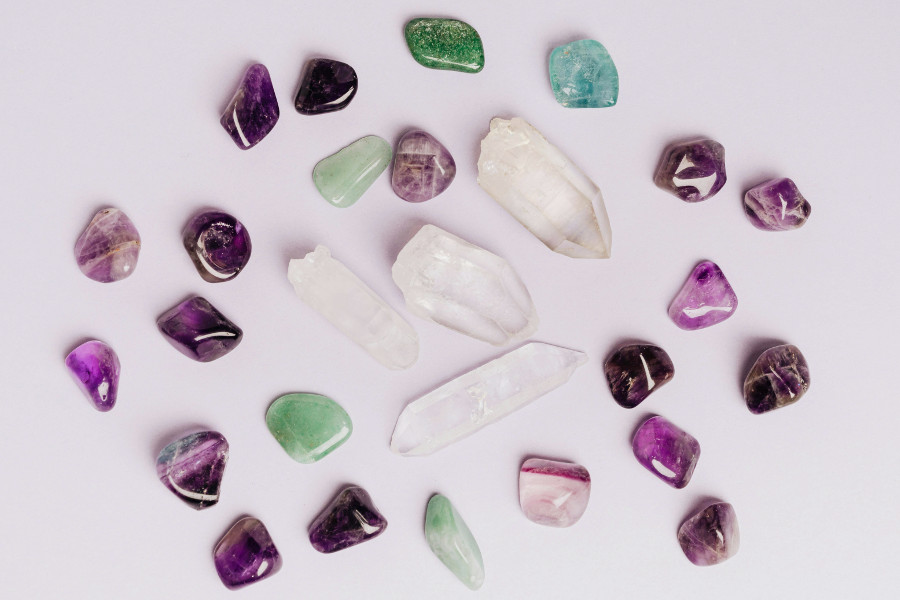
What is the best jewelry-making technique for beginners?
If you’re just getting started with jewelry making, bead stringing is probably the easiest technique. It requires minimal tools, just beads, wire, and clasps, and allows you to focus on creating designs without getting bogged down by complex methods. You can start with simple bracelets, necklaces, or earrings, and as you gain confidence, you can branch out into wire-wrapping or macramé. Bead stringing is not only beginner-friendly but also endlessly customizable, so you can experiment with color, texture, and pattern. Once you’ve mastered the basics, you’ll feel ready to tackle more advanced techniques with ease.
How do you finish a jewelry piece professionally?
Finishing a jewelry piece professionally is all about attention to detail. Once you’ve completed your design, the first step is to clean and polish it to remove any fingerprints or dirt. Use a polishing cloth or a jewelry tumbler to give your piece a sleek finish. Double-check that all clasps, knots, and components are secure and that there are no sharp edges that could cause discomfort. If you're working with metal, you can use a file or a buffer to smooth out any rough spots. Finally, package your jewelry nicely – presentation adds that extra professional touch that makes the piece feel complete.
Can I make jewelry without using metal?
Absolutely! Metal isn’t a requirement for jewelry-making. You can create beautiful pieces using materials like beads, fabric, leather, or clay. Beaded jewelry is an excellent alternative, and you can string beads onto cord or elastic to make necklaces, bracelets, and earrings. Leather can be braided into stylish bracelets, or you can craft polymer clay pendants. Techniques like macramé and crochet can also be used to make unique, metal-free pieces. Jewelry-making is all about creativity, and the possibilities are endless when you step away from traditional materials. Don’t limit yourself – there’s a whole world of alternatives waiting to be explored.

